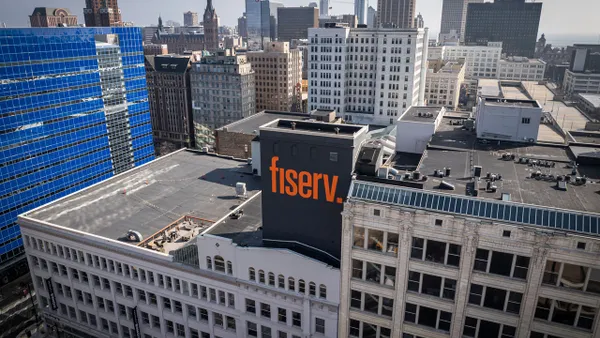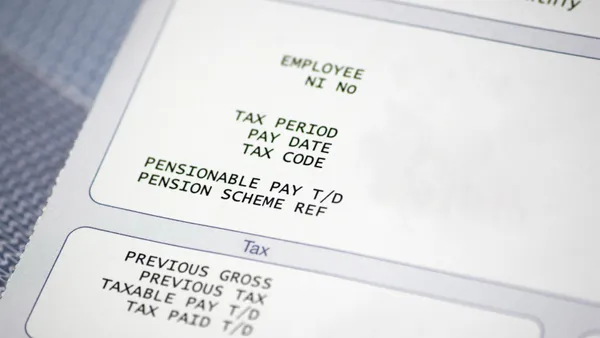Justin Adler is a co-founder and the chief operating officer at New York-based fintech NorthOne, which provides digital financial services to small and mid-sized businesses.
Real-time payments have finally made it to America, and the timing could not be better both for small business owners and the fintechs that serve them.
Despite ongoing debate around this game-changing technology, the impact it could have on customers and providers alike should not be ignored — especially in the face of an impending recession.
Cash flow is the lifeblood of business — and yet, moving money is one of the biggest challenges small business owners face. From outdated transfer methods to inconveniently long clearing times, we live in a world where payment delays are the norm. And when you’re a small business owner dealing with tight operating balances, any asymmetry between when you get paid and when you need to make a payment can hurt you.
By making sure that time gap is as compressed as possible, real-time payments can help reduce the pain of lumpy cash flow and uncertainty for the business.
On the other hand, the ability to pay vendors and suppliers at the last moment — regardless of the day or time — and know the funds will get delivered instantly gives small business owners much more flexibility around how they manage their cash flow.
This is especially crucial in a recessionary environment, where rising interest rates make borrowing money less feasible. The more financial service providers can do to reduce the need and reliance on working capital, the more small business owners benefit. From greater convenience and control to improved financial health, real-time payments go a long way to solving these challenges.
Which is why the shift to real-time payments for small businesses is also an opportunity for fintechs and neobanks. Amidst a downturn across venture capital and public markets, slick user interfaces and branding are no longer enough. It’s what’s under the hood that counts, and the ability to move money faster for customers can be a critical differentiator.
The turn away from the grow-at-all-costs model means that investors are hyper-focused on making sure fintech can figure out how to monetize. That means providing more value to customers and building tools they’re actually willing to pay for — like faster payments.
Imagine if you could promise small business owners that they don’t have to wait seven days for their sales revenue or that they don’t have to pay their invoices a few days before they’re due to account for clearing times. Not only would you be eliminating a massive administrative burden, you’d also be providing a solution that really speaks to what your customers need. That is the key to monetization.
As we enter another period of economic uncertainty, fintech founders that need to find new ways to bring value to their customers would do well to look towards real-time payment capabilities.
Not only do real-time payment methods benefit small business customers, but they can help fintechs grow their bottom line and further differentiate themselves against traditional banks.










